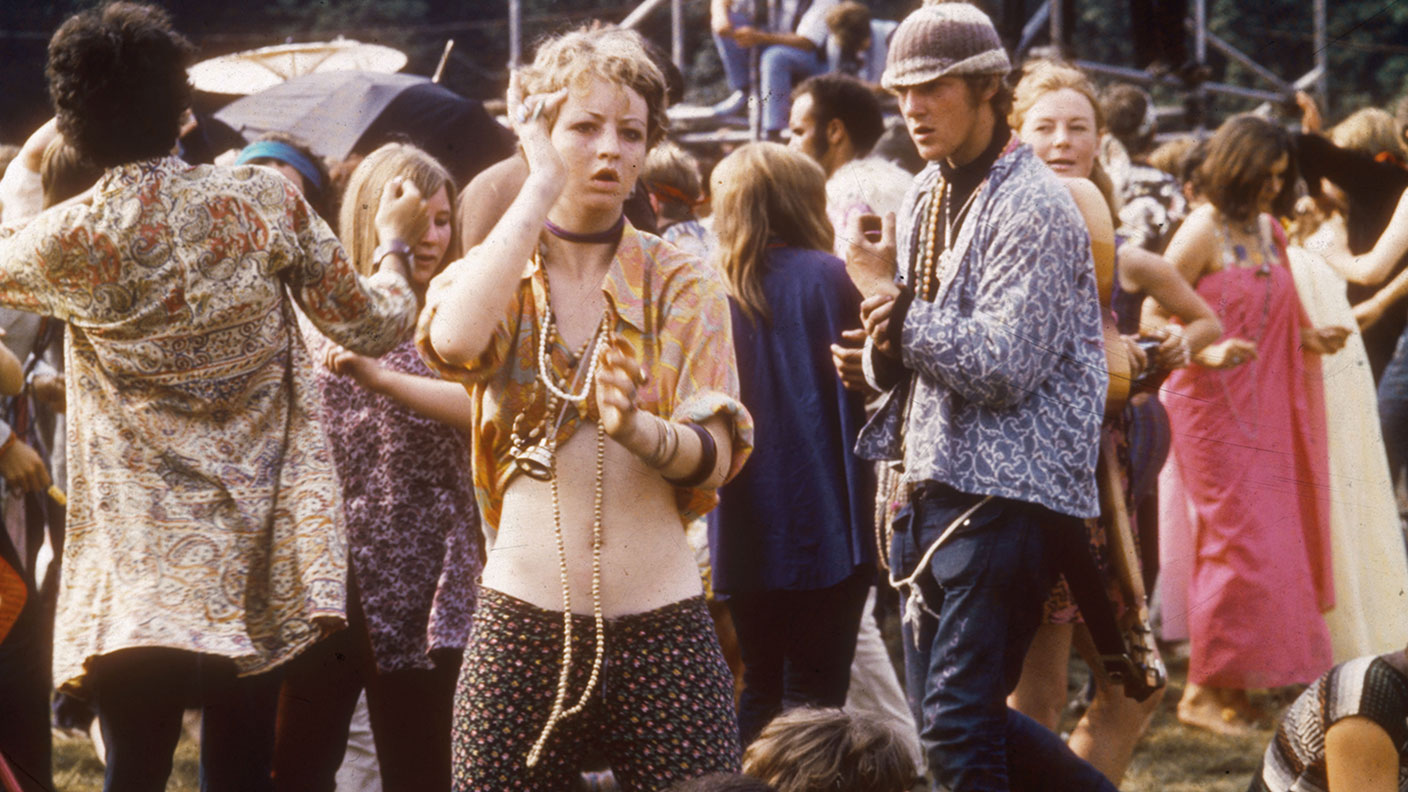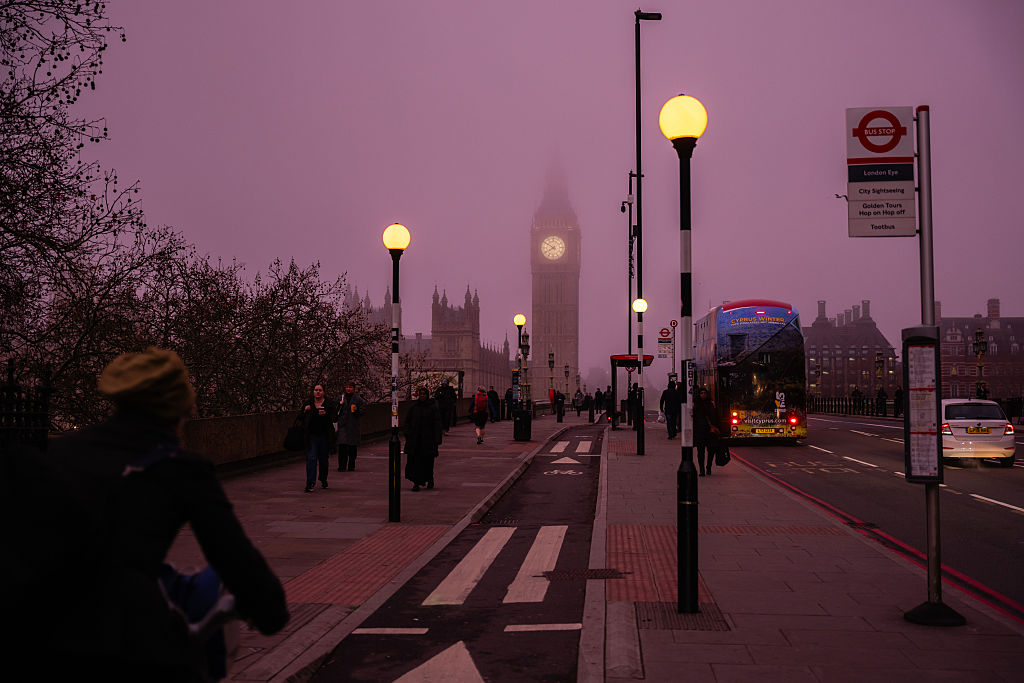A transitory respite from inflation
UK consumer prices rose by 2% year-on-year in July – less than expected. And in the US, month-on-month inflation fell to 0.5%, down from 0.9% in June. But this respite could be short-lived.

When does “transitory” inflation “become persistent?” asks The Wall Street Journal. The US Federal Reserve has spent the year insisting that soaring prices are a “transitory” effect caused by reopening. Yet US consumer prices rose by 5.4% in July compared with a year earlier for the second month running. Energy prices are rising. Ordinary workers are being hurt. “Real (after inflation) average hourly earnings have declined for seven consecutive months.” This week we learnt that UK consumer prices rose by 2% year-on-year in July.
Price pressures pause
Some of the data supports the transitory case, says The Economist. Month-on-month US inflation fell to 0.5%, down from 0.9% in June. The inflationary spike has arguably been concentrated in areas stressed by the reopening, such as used cars and airline tickets, which have seen massive demand as people start travelling again. As the economy normalises, the reopening effects should ease. “Airline fares fell slightly, as did the cost of furniture.” Falling bond yields suggest bond markets agree with the Fed.
This respite is itself “transitory”, says Lisa Beilfuss in Barron’s. US politicians are working on spending bills worth a total of $4.5trn. Not all of that will become law, but a great deal probably will. As Barry Knapp of Ironsides Macroeconomics notes, “you have to go back to the 1960s to see such massive fiscal spending during an economic boom”. Loose fiscal and monetary policy during that decade ultimately laid the groundwork for “the Great Inflation of the 1970s”. “Ongoing supply-chain strains and labour market shortages” will also keep prices buoyant, say Augusta Victoria Saraiva and Kyungjin Yoo on Bloomberg. A Bloomberg survey finds that economic “forecasters now expect the consumer price index to remain above 5% on a year-over-year basis at the end of the third quarter” and to stay well above target into next year.
MoneyWeek
Subscribe to MoneyWeek today and get your first six magazine issues absolutely FREE

Sign up to Money Morning
Don't miss the latest investment and personal finances news, market analysis, plus money-saving tips with our free twice-daily newsletter
Don't miss the latest investment and personal finances news, market analysis, plus money-saving tips with our free twice-daily newsletter
An end to QE?
The Fed has “little room for error”, says Vivien Lou Chen for MarketWatch. Inflation can be a self-fulfilling prophecy: if people expect higher prices then they demand bigger pay increases, which in turn drives actual prices higher. The longer high inflation lasts the greater the risk that these expectations will become “deeply embedded”. For now the Fed is debating when and how quickly to scale back its $120bn in monthly asset purchases. Actually shrinking the $8.2trn balance sheet of assets it has already amassed isn’t even “on the radar”.
The Bank of England has been giving clues about how it plans to wind down its own £875bn stock of UK government gilts, says Tommy Stubbington in the Financial Times. “It made the process sound positively serene,” but markets aren’t convinced. Many big investors believe that quantitative easing (QE) is “a thinly veiled scheme to finance the government’s deficit.” Bond markets could take fright if they decide the Bank is withdrawing support too quickly. “Putting the QE juggernaut into reverse” is “likely to be fraught.”
Get the latest financial news, insights and expert analysis from our award-winning MoneyWeek team, to help you understand what really matters when it comes to your finances.
Alex is an investment writer who has been contributing to MoneyWeek since 2015. He has been the magazine’s markets editor since 2019.
Alex has a passion for demystifying the often arcane world of finance for a general readership. While financial media tends to focus compulsively on the latest trend, the best opportunities can lie forgotten elsewhere.
He is especially interested in European equities – where his fluent French helps him to cover the continent’s largest bourse – and emerging markets, where his experience living in Beijing, and conversational Chinese, prove useful.
Hailing from Leeds, he studied Philosophy, Politics and Economics at the University of Oxford. He also holds a Master of Public Health from the University of Manchester.
-
 The most influential people of 2025
The most influential people of 2025Here are the most influential people of 2025, from New York's mayor-elect Zohran Mamdani to Japan’s Iron Lady Sanae Takaichi
-
 Millions of parents are missing out on up to £720 a year in extra pension cash – are you affected?
Millions of parents are missing out on up to £720 a year in extra pension cash – are you affected?A mum who narrowly missed out on the pension boost said she “never knew the government rule existed” and wants other parents to use it
-
 Market predictions for 2026: Will Dubai introduce an income tax?
Market predictions for 2026: Will Dubai introduce an income tax?Opinion My 2026 predictions, from a supermarket merger to Dubai introducing an income tax and Britain’s journey back to the 1970s
-
 The steady rise of stablecoins
The steady rise of stablecoinsInnovations in cryptocurrency have created stablecoins, a new form of money. Trump is an enthusiastic supporter, but its benefits are not yet clear
-
 Goodwin: A superlative British manufacturer to buy now
Goodwin: A superlative British manufacturer to buy nowVeteran engineering group Goodwin has created a new profit engine. But following its tremendous run, can investors still afford the shares?
-
 A change in leadership: Is US stock market exceptionalism over?
A change in leadership: Is US stock market exceptionalism over?US stocks trailed the rest of the world in 2025. Is this a sign that a long-overdue shift is underway?
-
 Modern Monetary Theory and the return of magical thinking
Modern Monetary Theory and the return of magical thinkingThe Modern Monetary Theory is back in fashion again. How worried should we be?
-
 Metals and AI power emerging markets
Metals and AI power emerging marketsThis year’s big emerging market winners have tended to offer exposure to one of 2025’s two winning trends – AI-focused tech and the global metals rally
-
 King Copper’s reign will continue – here's why
King Copper’s reign will continue – here's whyFor all the talk of copper shortage, the metal is actually in surplus globally this year and should be next year, too
-
 The coming collapse in the jobs market
The coming collapse in the jobs marketOpinion Once the Employment Bill becomes law, expect a full-scale collapse in hiring, says Matthew Lynn